The post 5 Surprising Macro Photography Ideas to Jumpstart Your Creativity appeared first on Digital Photography School. It was authored by Jaymes Dempsey.
Are you struggling to come up with amazing macro photography ideas?
Do you need a bit of a creativity jumpstart?
That’s okay! Because in this article, I’ll give you 5 macro photography ideas – all geared toward getting you out of that creative rut.

Are you ready to start taking stunning macro photos again?
Then let’s get started.
1. Find lights in the background for amazing bokeh
One of the best ways to do creative macro photography…
…is to capture gorgeous bokeh.
(That is, a beautiful, smooth, creamy background.)

And here’s how you do that:
First, find a subject that you really like. A flower, an insect, or some plant life will all work well.
Choose a wide aperture (one in the f/2.8 to f/5.6 range).
Then zoom in, until you’ve isolated just your subject.

Here comes the important part:
Slowly move around your subject, while looking through your camera’s viewfinder. The key is to find a ‘bokeh-generating’ background.
Now, bokeh-generating backgrounds involve light. The best bokeh often comes from bright lights and colors in the background.
More specifically, look for pinpricks of light and colorful reflections.

For instance, sun coming through trees creates amazing bokeh – because the trees break up the light.
Leaves in golden-hour light also create gorgeous bokeh. The golden light on the leaves reflects and makes a creamy, colorful backdrop.
Most scenes have at least a few bokeh options – so don’t settle for a subpar choice.
Instead, use the bokeh to create a masterpiece!
2. Shoot into the sun for gorgeous backlit macro photography
Nature photographers often shoot using frontlight – where the light comes from over the photographer’s shoulder, and lands on the subject.
This often works well. But it can get boring after a while.
If you want to get creative…
…try using backlight.
Backlight comes from behind your subject. It’s great for creating silhouettes – and it’s also great for producing creative lighting effects.

The light can pass through part of your subject, making it turn translucent.
And backlight can also create bright flares of light. When done right, this creates some stunning effects.
However, you should position the sun carefully.
If you get the naked sun in your frame, the whole shot will be ruined because the sun is simply too bright to be rendered by your camera.
Instead, put your macro photography subject in front of the sun. That way, the sun is blocked from view. But you still get some gorgeous effects.
In fact, I recommend experimenting with this. Try changing your angle slightly, so that the sun is placed behind different parts of your subject.

You’ll manage to capture some stunning shots – shots which you probably wouldn’t have initially imagined!
3. Shoot against a white sky for a gorgeous high-key look
Here’s a favorite macro photography idea of mine.
I use it all the time when I’m in a pinch!
Fortunately, it’s really simple:
Shoot against a white sky.
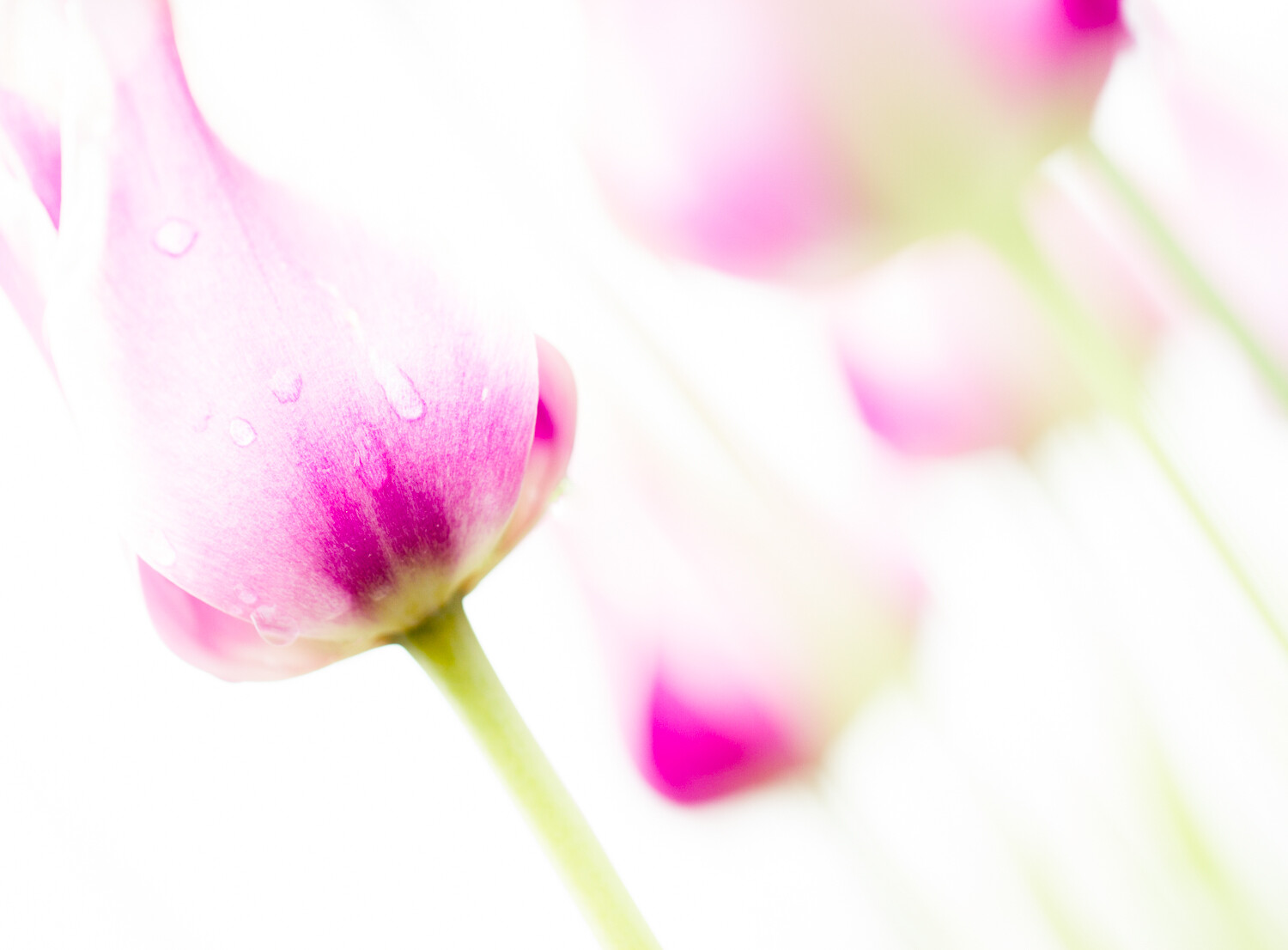
Let me explain:
One of the most important parts of a macro photo…
…is the background.
Without a beautiful background, your macro photos will often fall flat.
Now, the best backgrounds are simple and uniform.

And one of the great ways to create a uniform background?
Rely on the sky!
This works especially well on cloudy days. All you have to do is find a subject – then get down low. In fact, you often have to get lower than your subject.

Make sure that the background is completely covered by clouds.
Then photograph your subject and watch as it stands out against a gorgeous white backdrop!
(If the shot is slightly too dark, don’t worry. You can always lift the whites in post-processing.)
4. Freelens for stunning selective focus
Here’s another great macro photography idea for when you’re in a rut:
Freelens!
I’m a huge fan of this technique – because it gets striking, unique images.

Here’s how it works:
Turn on your camera, and make sure that your lens is focused to infinity.
Then turn your camera off, and detach the lens.
(I suggest you use a backup camera and backup lens for this because there is a risk of damaging your equipment.)
Now, the best lenses for macro freelensing are in the 50mm range. I’ve found that 50mm creates a nice balance of background blur and sharp focus.
Once you’ve detached the lens, turn your camera back on.
Then…
Experiment!

Note: With freelensing, you don’t focus by turning a focus ring. Instead, you focus by changing the position of the lens relative to the camera.
So keep the lens detached, and move it around at different angles.
Look for macro subjects, and see what happens when you shoot them with a freelensing setup. Also, notice how pulling the lens away from the camera increases the magnification of the lens. It also allows in more light – creating artistic light leaks!

Freelensing is a bit addictive. Once you’ve started, you’ll struggle to stop – because there are so many opportunities for gorgeous macro photos!
5. Shoot through a second subject for an incredible foreground
If you want an idea for especially creative macro photography…
…why not try ‘shooting through,’ or ‘cramming’?
First, find a macro subject. Flowers work especially well for this because they’re so colorful.

Get in close, and focus your lens on that subject. Choose a wide aperture, in the f/2.8 to f/5.6 range.
Then find a second subject. Place it in front of your lens. The second subject should be colorful – and ideally, similar to the first subject.
And…shoot!
The second subject (which remains out of focus) will create a beautiful foreground wash. One that looks great in macro photography.
Now, you don’t want to completely cover your lens with the foreground subject. Instead, place it partially into the scene. That way, it will create a nice wash, without dominating the shot.
This may take a bit of experimentation. But if you’re patient, you’ll capture some gorgeous macro photos.
And your creative muscle will feel energized again!
Creative macro photography ideas: next steps
Hopefully, you’re now feeling excited about macro photography again.
After all, you have lots of ideas for original, creative shots!

The key is to use them. So get out and shoot!
Have any more macro photography ideas? Share them in the comments!
The post 5 Surprising Macro Photography Ideas to Jumpstart Your Creativity appeared first on Digital Photography School. It was authored by Jaymes Dempsey.

Digital Photography School
























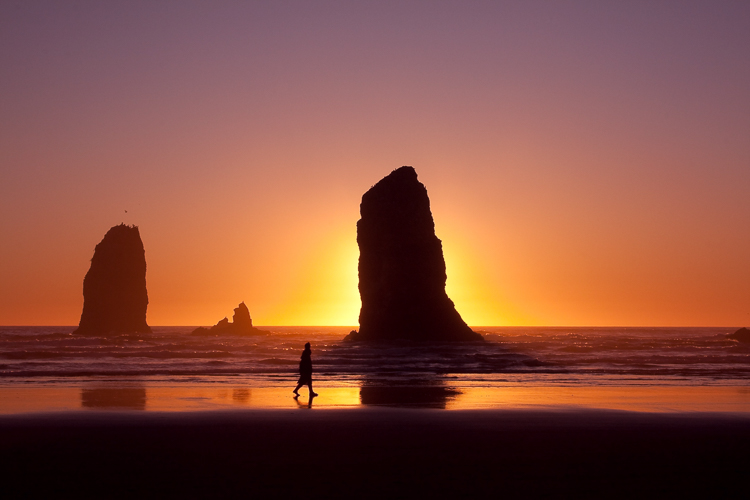
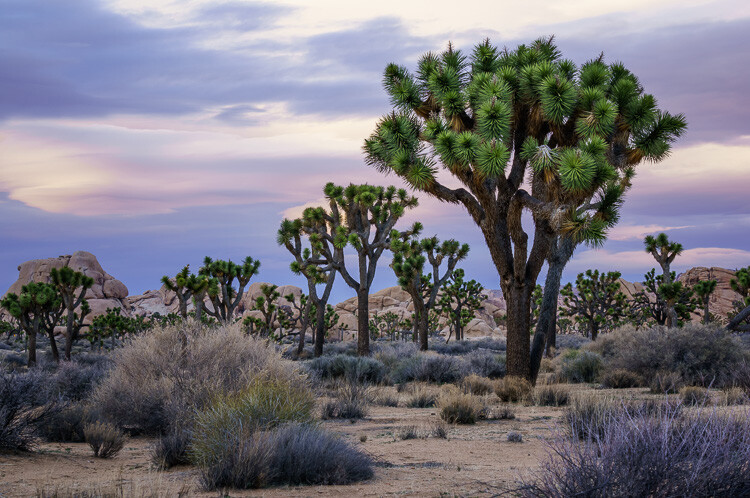

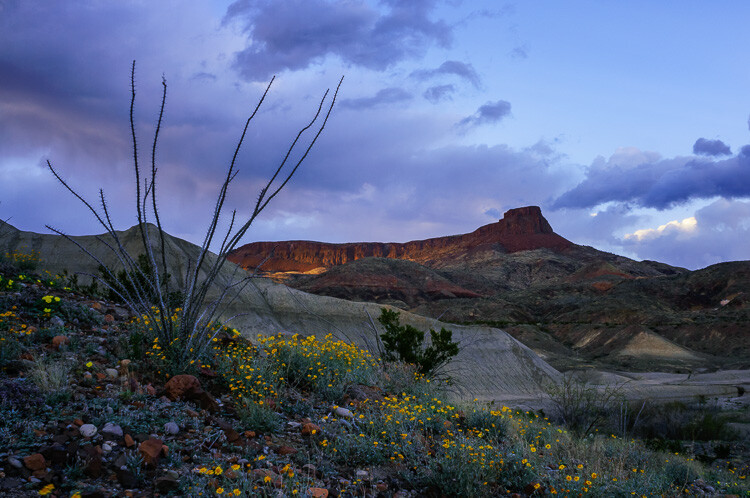
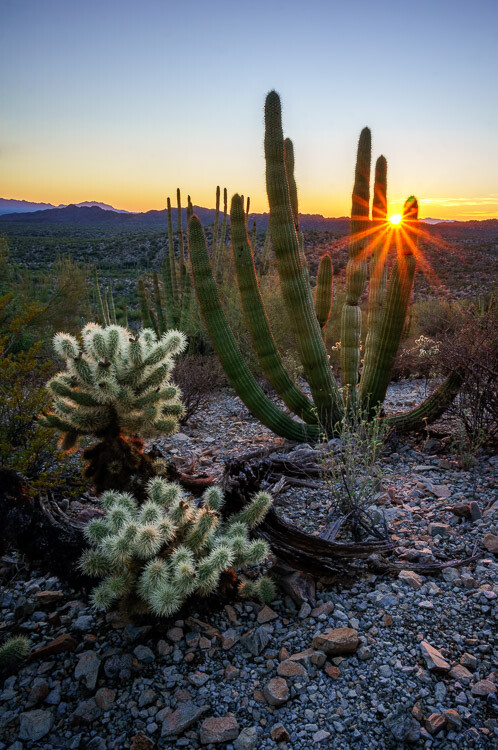
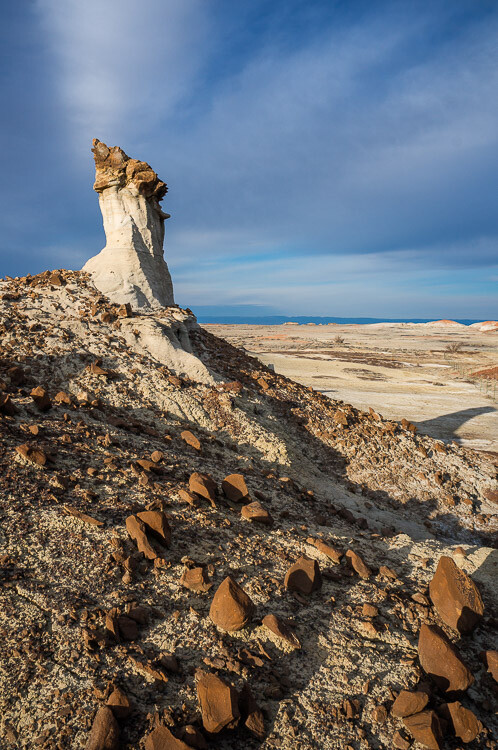
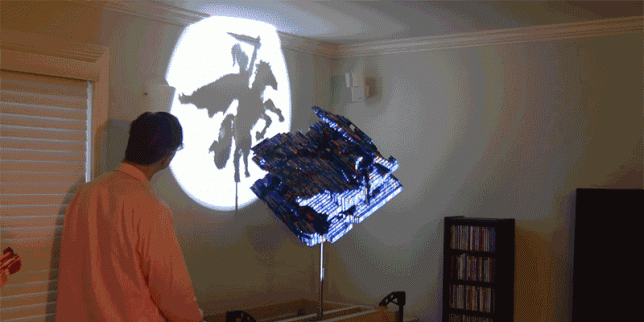

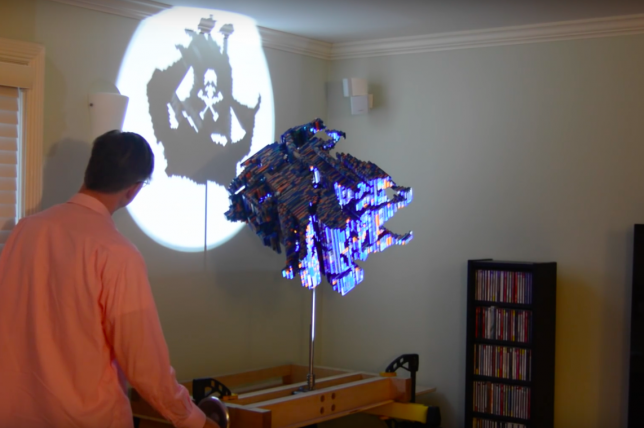


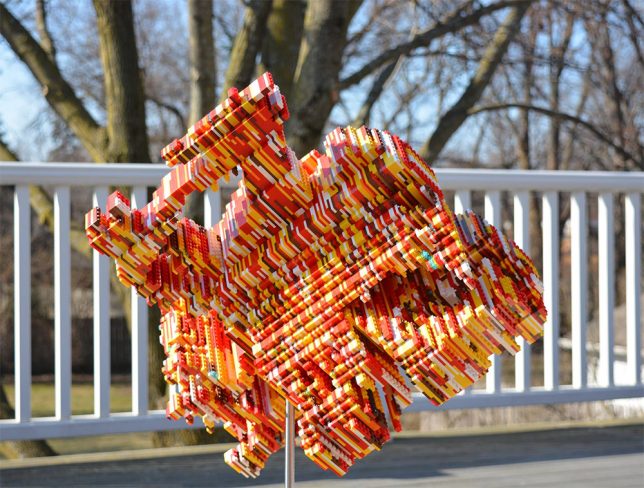






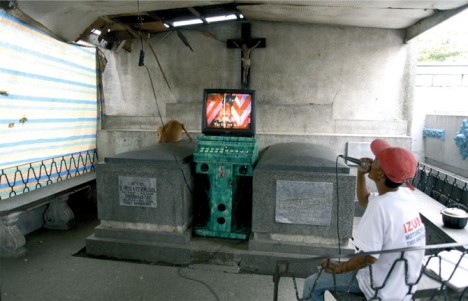
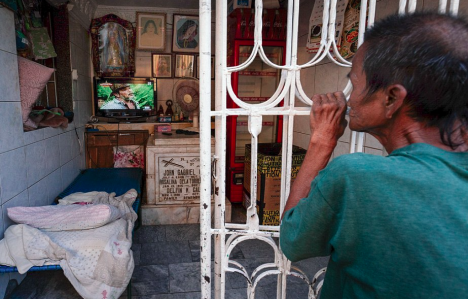
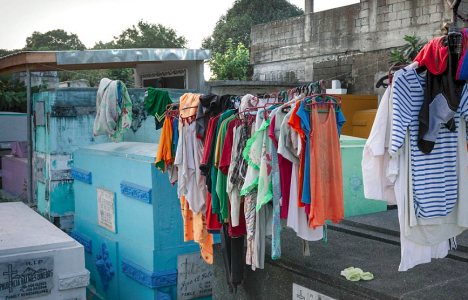


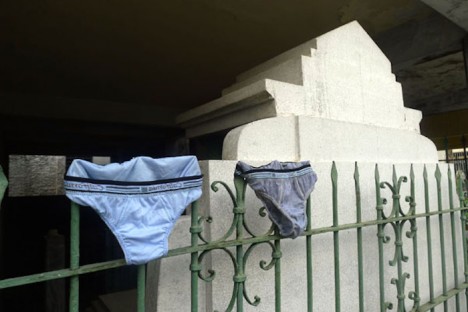


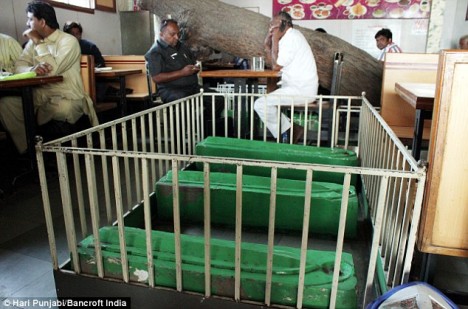









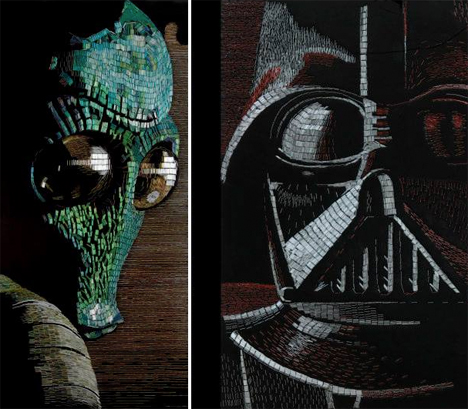
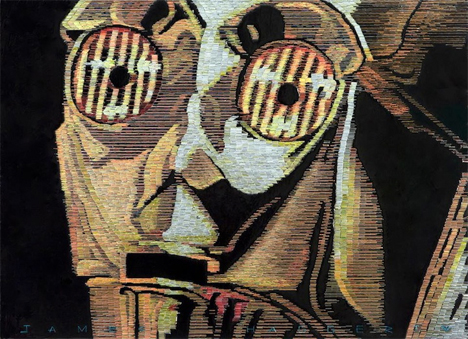
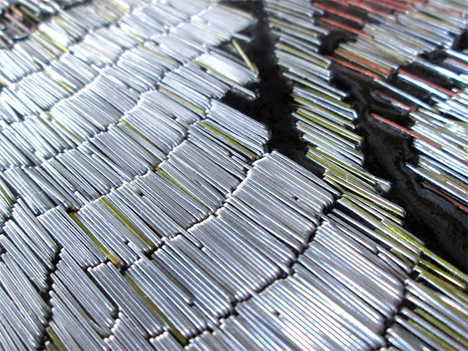
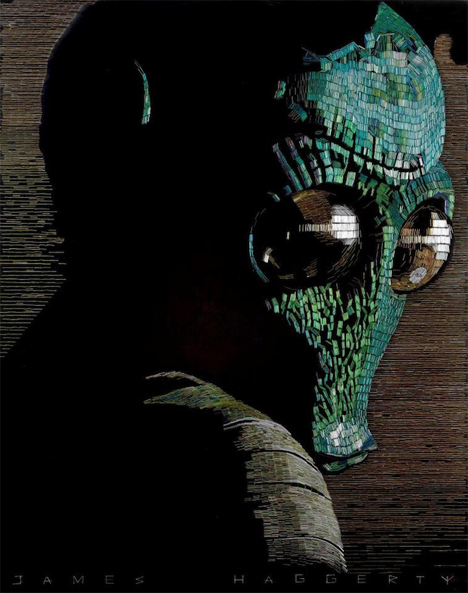
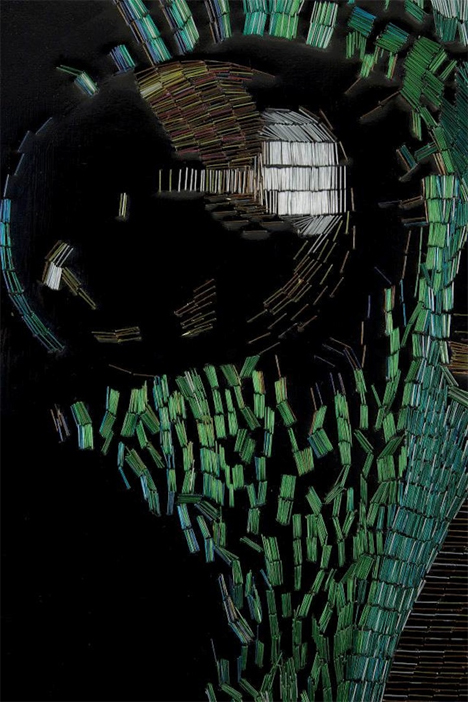
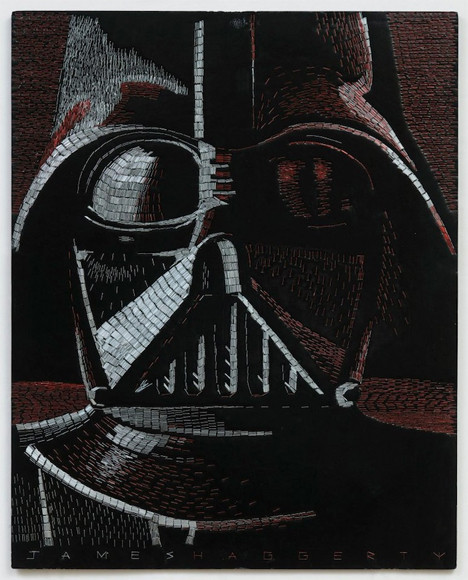




You must be logged in to post a comment.